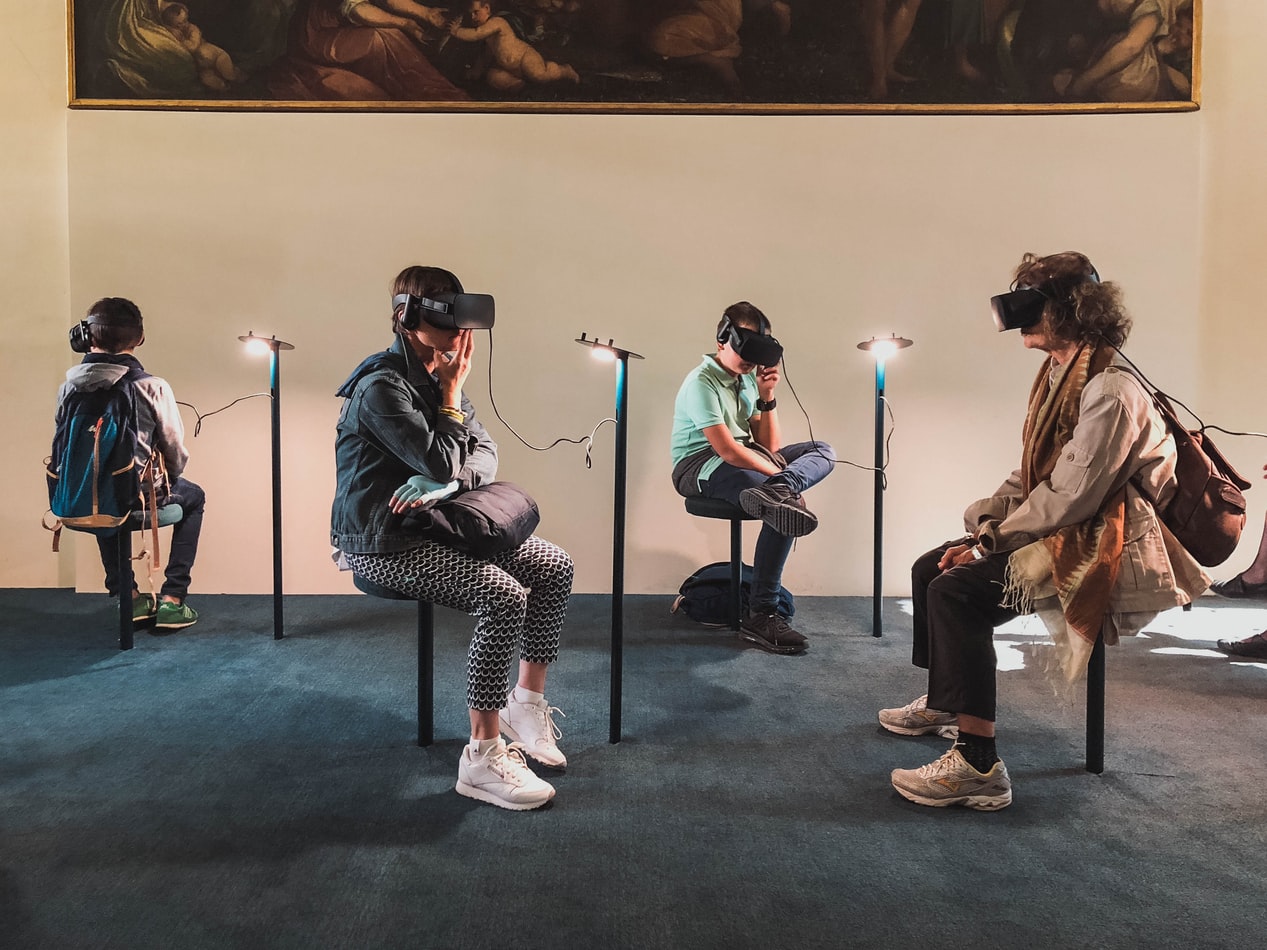Why Organizations Should Be Wary of the Security Risks Posed by Augmented Reality

By Steve Durbin, Managing Director of the ISF
AR promises much, but organizations will soon find themselves targeted by digital attacks that distort the physical world, disrupting operations and causing significant financial and reputational damage.
New form of security risks have arrived. Over the next few years, new technologies will further invade every element of daily life with sensors, cameras and other devices embedded in homes, offices, factories, and public spaces. A constant stream of data will flow between the digital and physical worlds, with attacks on the digital world directly impacting the physical and creating dire consequences for privacy, well-being, and personal safety.
Augmented Reality (AR) provides new opportunities for attackers to compromise the privacy and safety of their victims. Organizations rushing to adopt AR technologies to improve products and services will quickly become an attractive target for attackers.
Compromised AR technologies will have an impact on a range of industries as they move beyond the traditional entertainment and gaming markets into areas such as retail, manufacturing, engineering, and healthcare. Attackers will perform man-in-the-middle attacks on AR-enabled devices and infrastructure, gaining access to intimate and sensitive information in real-time. Ransomware and denial of service attacks will affect the availability of AR systems used in critical processes such as surgical operations or engineering safety checks. Attacks on the integrity of data used in AR systems will threaten the health and safety of individuals and the reputations of organizations.
As AR begins to pervade many elements of life, organizations, governments, and consumers will begin using it more frequently and with greater dependency. AR will bridge the digital and physical realms. But as a relatively immature technology it will present nation states, organized criminal groups, terrorists, and hackers with new opportunities to distort reality.
High-tech Security Risks: AR Gives Attackers the Opportunity to Compromise Organizations
AR has been heralded as the future visual interface to digital information systems. With 5G networks reducing latency between devices, AR technologies will proliferate across the world, with significant investment in the UK, US and Chinese markets.
The estimated global market value for AR technologies is set to grow from $4 billion in 2017 to $60 billion by 2023, with use cases already being developed in the entertainment, retail, engineering, manufacturing and healthcare industries. There are increasing signs that AR will be promoted by major technology vendors such as Apple, which is said to be developing an AR headset for launch in 2020.
Security risks and vulnerabilities in devices, mobile apps and systems used by AR will give attackers the opportunity to compromise information, steal highly valuable and sensitive intellectual property, send false information to AR headsets and prevent access to AR systems.
The development of AR technologies across the manufacturing and engineering sectors is being driven by digital transformation and the desire for lower operational costs, increased productivity and streamlined processes. As AR systems and devices become the chosen medium for displaying schematics, blueprints and manuals to workers, attackers will be able to manipulate the information provided in real-time to compromise the quality and safety of products, as well as threatening the lives of users.
Many industries will become dependent on AR technologies for their products and services.
For example, within air traffic control, AR displays are being evaluated as an aid to understanding aircraft movements in conditions of poor visibility. In the logistics and transport industries, AR will build upon systems such as GPS and voice assistants. With the help of the Internet of Things (IoT) sensors, AI technologies, 5G and Edge computing, AR systems will be able to overlay information to drivers in real-time. This will include demonstrating where live traffic accidents are happening, assisting during poor weather conditions, providing accurate journey times, and highlighting vehicle performance.
If the integrity or availability of data used in such systems is compromised, it will lead to significant operational disruption as well as risks to health and safety.
The healthcare industry is already a major target for cyber-attacks and the adoption of immature and vulnerable AR technologies in medical administration and surgical environments is likely to accelerate this trend.
Medical professionals will be able to access sensitive records such as medical history, medication regimens and prescriptions through AR devices. This will create a greater attack surface as data is made available on more devices, resulting in a growing number of breaches and thefts of sensitive personal information.
AR promises much, but organizations will soon find themselves targeted by digital attacks that distort the physical world, disrupting operations and causing significant financial and reputational damage.
How Should Your Business Prepare for Security Risks in 2020-21?
Organizations should be wary of the risks posed by AR. Many of the opportunities that AR ushers in will need to be risk assessed, with mitigating controls introduced to ensure that employees and consumers are safe and that privacy requirements are upheld.
In the short term, organizations should enhance vulnerability scanning and security risk assessments of AR devices and software. They should also ensure that AR systems and devices that have records relating to personal data are secure. Additionally, create workarounds, business continuity plans and redundancy processes in the event of failure of critical AR systems and devices.
In the long term, limit data propagation and sharing across AR environments. Organizations should also ensure that security requirements are included when procuring AR devices and purchase comprehensive insurance coverage for AR technology. Finally, establish and maintain skillsets required for individuals in roles that are reliant upon AR technology.
